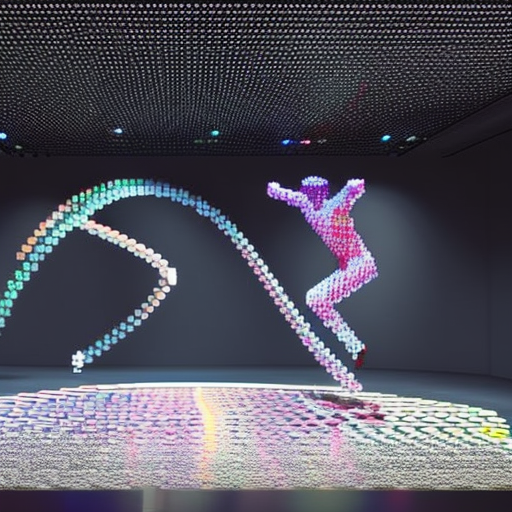Summary: GIFs, or Graphics Interchange Format, are a popular form of digital image that have become a ubiquitous part of online communication and culture. They are short, looping animations that can convey emotions, reactions, and humor in a concise and easily shareable format. GIFs have evolved from their early days as simple pixelated animations to now encompass a wide range of styles and uses, including art, advertising, and entertainment. They have become a language of their own, allowing people to express themselves in a visually engaging and relatable way.
The History of GIFs
GIFs were first introduced by CompuServe in 1987 as a way to display simple animated images on the internet. These early GIFs were limited in terms of color and resolution, but they quickly gained popularity due to their small file size and compatibility with different platforms. In the 1990s, GIFs became a staple of early internet culture, with websites and forums using them to add visual interest and humor to their content.
The Rise of GIF Culture
In recent years, GIFs have experienced a resurgence in popularity, thanks in part to social media platforms like Tumblr, Twitter, and Reddit. These platforms have made it easier than ever to find, create, and share GIFs, leading to the emergence of a vibrant GIF culture. Memes, reaction GIFs, and viral GIFs have become a common part of online conversations, allowing users to express themselves in a way that words alone cannot.
GIFs as Art
GIFs have also found their place in the art world, with artists using the medium to create unique and engaging visual experiences. The ability to loop animations allows artists to explore themes of repetition, movement, and time in ways that are not possible with static images or traditional video. Online platforms and galleries now showcase GIF art, recognizing it as a legitimate form of artistic expression.
GIFs in Advertising and Entertainment
Advertisers and marketers have also embraced GIFs as a way to engage with audiences and promote their products or services. GIFs can capture attention quickly and convey a message in a short amount of time, making them an effective tool for digital advertising campaigns. In the entertainment industry, GIFs are often used to promote movies, TV shows, and music, creating buzz and generating excitement among fans.
The Future of GIFs
As technology continues to advance, GIFs are likely to evolve as well. High-quality GIFs with improved resolution and color are becoming more common, and new tools and software are making it easier for anyone to create their own GIFs. Additionally, advancements in virtual reality and augmented reality may open up new possibilities for immersive GIF experiences.
In conclusion, GIFs have become an integral part of online communication and culture. They have evolved from simple animations to a diverse and versatile medium that can be used for art, advertising, entertainment, and self-expression. Whether used to convey emotions, share a funny moment, or promote a product, GIFs have a unique ability to capture attention and engage audiences in a concise and visually compelling way. As technology continues to advance, the future of GIFs looks promising, with even more possibilities for creativity and innovation in this dynamic form of digital imagery.












